Canoes...the lifelines of the rainforest. Boats are a very necessary part of river life. Canoes are particularly important to rainforest life. With no roads in most areas of the forest, canoes are ...
Get Started for FREE
Sign up with Facebook Sign up with X
I don't have a Facebook or a X account

| Tags |
|---|
 Your new post is loading... Your new post is loading...
GreenLearning has put together a list of books we’ve read or have on our to-read lists that touch on the environment and are written by Black authors.
The Morpho Institute's insight:
Representation matters. Do you have these in your classroom?
From
omny
If you’ve ever thought, “What’s the Amazon rainforest ever done for me? Nothin, that’s what,” then you’re dead wrong, friend. It covers 1 percent of the Earth’s surface but houses perhaps 30 percent of its species and it’s invaluable to all life on Earth.
A new study weighed a range of threats and variables in an effort to map out where the rainforest is most vulnerable.
A new report highlights the discovery of hundreds of new species in the Amazon, the world’s largest tropical rainforest.
Students take on the role of restoration ecologists to figure out how to increase the biodiversity of their own schoolyard. Through hands-on lessons they figure out that planting native plants restores a complex food web.
These books offer valuable guidance to educators at all levels, from universities to primary schools.
The Morpho Institute's insight:
[classroom connection] An excellent set of new books to improve & strengthen your climate change education initiatives. #climatechange #education #climatechangeeducation #nsta #nabt #naaee
This lesson introduces third- through fifth-grade students to a study of the tropical rainforest. Prereading activities, which allow students to access and build upon prior knowledge, include listening to sound effects of the rainforest, writing, and drawing.
The Morpho Institute's insight:
Check out this rainforest lesson for grades 3-5! It has prereading activities, which allow students to access and build upon prior knowledge, include listening to sound effects of the rainforest, writing, and drawing. During reading, students use simple note-taking strategies, vary the reading structures, find patterns in text structure, and learn vocabulary in context. During postreading activities, students demonstrate synthesis of the text by writing efferent and affective responses to the text. As an extension to this lesson, students generate a list of questions to be pursued in small group research on the Internet.
Using photos in lessons can help kids understand challenging issues, explains a researcher.
The Morpho Institute's insight:
Helping kids grasp big ideas
Download your free eBird lesson to get a taste of the eBird world! Meet standards, get kids outdoor and engage their inner scientist.
The Morpho Institute's insight:
Great resources from our friends at Cornell Lab K12 Education!
The World Water Map helps us understand where and why water gaps arise, how climate change might aggravate them—and even how they might be managed.
The Morpho Institute's insight:
Great teaching tool and a powerful way to bring #geography into your instruction. #worldwaterday #geoinquiry @natgeo
An early-career botanist joins the Mongabay Newscast to discuss his group’s recent study of the decrease in plant awareness and educational opportunities to study botany. A Ph.D. candidate in Urban Ecology and Botany at the University of Leeds, Sebastian Stroud explains why this trend — which is not unique to the U.K. — could vastly […]
The Morpho Institute's insight:
This is an outstanding interview with deep connections to education, environmental literacy, plant blindness, and our future! |
The Wild Wonder Nature Journaling Educator Program provides a supportive, nurturing community where you can gain the confidence, skills, and mentoring you need to share your love of nature journaling with others.
By Karen Schedler
What is the best thing each of us can do about climate change? When asked this question, internationally acclaimed climate scientist Dr. Katherine Hayhoe (a Canadian now teaching at Texas Tech University) tells us, “Just talk about it!” So, what is keeping us from teaching this critical concept within our classrooms? In May 2023, Yale Climate Connections published results of an NAAEE survey indicating that teachers embrace the idea of teaching climate change; however, they do not feel adequately prepared to teach this topic and may be concerned about pushback from parents [1]. This is not surprising. An earlier NSTA survey summarized their dilemma this way: “Teachers are facing pressure to not only eliminate or de-emphasize climate change science, but also to introduce non-scientific ideas in science classrooms.” [2] For those of us in the USA, we have additional support for infusing this topic into classrooms. A 2019 NPR/IPSOS poll reported significant support for teaching this in schools: “More than 80% of parents in the U.S. support the teaching of climate change. And that support crosses political divides. Whether they have children or not, two-thirds of Republicans and 9 in 10 Democrats agree that the subject needs to be taught in school.” [3] If you have not yet infused climate change into your curriculum, Green Teacher has a number of articles and webinars ready for use by educators at any level, whether within a formal or a nonformal educational setting. The following are just a sampling of nearly 50 resources addressing this topic - all ready and waiting to be used. Essentials for Teaching Climate Change provides a simple-to-use overview of how to approach this topic at any grade level. Here you can find answers to commonly-asked questions: What key messages motivate the public? What are effective (and ineffective) strategies for addressing controversy? What are some high-impact behaviors (beyond the 3R’s) students can employ to ‘fix’ this issue? If you have been reluctant to teach climate change for any reason, this article is a solid place to begin your planning. Is climate change good for us? Designed for primary and middle-school students, this activity can easily be adapted for any audience. Students are asked to consider how changes in climate could affect them personally and to broaden their focus by looking at the big picture: how might these changes affect their community? Students complete a table indicating their ideas of what will happen if there are more or less rain and snow events, higher or lower temperatures, and more – all of which encourage students to employ critical thinking. Where Does Our Food Come From? introduces us to a topic that most people rarely consider. This gap in our knowledge of where and how our food is produced and how that contributes to climate change should come as no surprise: we are now an urban rather than an agrarian society, and our disconnect with the land produces a naivete that must be addressed if we are to live a lifestyle that minimizes our ecological footprint. Forbes reports that research from Europe (2021) indicates that more than a third—34%—of all man-made greenhouse gas emissions are generated by food systems. Where Does Our Food Come From? helps learners recognize how our food decisions ultimately impact global climate change via a multi-part lesson that can be adapted to any age or grade level while incorporating STEAM (science, technology, engineering, arts and math) activities that address multiple subject area standards. Climate Change and Regional Geography Middle school students will find an excellent correlation between science and social studies (geography) in this lesson as they apply the science behind climate change to their individual community. Encouraging students to look more closely at their immediate surroundings fosters a stronger sense of lace while also viewing the natural world through a more focused lens. Once they learn to observe nature more closely, the natural systems and cycles begin to make more sense and can help motivate environmental stewardship. Climate Change Despair and Empowerment Activity Sequence assists secondary students in pulling together what they know about climate change, sharing their anxieties for the future, understanding they are not alone in their concerns, and preparing them to take action to minimize their fears. Through guided exploration through these, students eventually develop a sense of empowerment that the future IS theirs. They CAN make a difference! In addition to 31 articles about climate change, Green Teacher also has a library of 16 webinars. The following three address the issue of energy, which is the driving force behind our changing climate. Webinar #1 – A simple model for teaching the energy transition” (October 2021) explores a simple model for teaching about the current energy transition and the changes we will experience by 2030. Webinar #2 – Teaching about contrasting energy solutions (November 2021) addresses how future electricity systems of North America could be critically important to economic success and provides a structure to better understand challenges and opportunities we face in transitioning off fossil fuels to power our grids. Webinar #3 – How do our current needs fit into the transition? (November 2021) investigates how we can transition into a low-carbon future while addressing a plethora of challenges to such a massive transition away from fossil fuels and fostering the opportunities such a transition will present. I urge those of you in the USA to watch for the revised NASA climate change framework for educators [4] is currently being updated and is expected to be released by the end of 2023. It will be an easy way to correlate your academic standards with the objectives identified as leading to climate change literacy. Karen Schedler’s love of the natural world led her into environmental education, where she worked in education programs at The Phoenix Zoo, the Arizona Game and Fish Department, and the Center for Teacher Success. She now consults as Natural Teacher LLC, serves as a certified Master Naturalist, and is a Faculty Associate at Arizona State University. She considers working on climate change to be her most urgent work. Endnotes 1 “Most teachers support teaching students about climate change, survey finds”, https://yaleclimateconnections.org/ 2 NESTA 2011; Branch 2013; Branch, Rosenau, and Berbeco 2016 3 “Most Teachers Don't Teach Climate Change; 4 In 5 Parents Wish They Did” https://www.npr.org/2019/04/22/714262267/most-teachers-dont-teach-climate-change-4-in-5-parents-wish-they-did) 4 NASA climate change framework (under revision at the time of this posting) https://www.climate.gov/teaching/climate)
The possibility that the Amazon forest system could soon reach a tipping point, inducing large-scale collapse, has raised global concern1–3. For 65 million years, Amazonian forests remained relatively resilient to climatic variability. Now, the region is increasingly exposed to unprecedented stress from warming temperatures, extreme droughts, deforestation and fires, even in central and remote parts of the system1. Long existing feedbacks between the forest and environmental conditions are being replaced by novel feedbacks that modify ecosystem resilience, increasing the risk of critical transition. Here we analyse existing evidence for five major drivers of water stress on Amazonian forests, as well as potential critical thresholds of those drivers that, if crossed, could trigger local, regional or even biome-wide forest collapse. By combining spatial information on various disturbances, we estimate that by 2050, 10% to 47% of Amazonian forests will be exposed to compounding disturbances that may trigger unexpected ecosystem transitions and potentially exacerbate regional climate change. Using examples of disturbed forests across the Amazon, we identify the three most plausible ecosystem trajectories, involving different feedbacks and environmental conditions. We discuss how the inherent complexity of the Amazon adds uncertainty about future dynamics, but also reveals opportunities for action. Keeping the Amazon forest resilient in the Anthropocene will depend on a combination of local efforts to end deforestation and degradation and to expand restoration, with global efforts to stop greenhouse gas emissions. Analyses of drivers of water stress are used to predict likely trajectories of the Amazon forest system and suggests potential actions that could prevent system collapse.
Estimated to be twice the size of India and contain 10 percent of the world’s known species, the Amazon rainforest is a critically important ecosystem — but not just to the plants and animals that …
Indigenous Peoples’ Day is October 9 and here's list of 21 actions and 21 Indigenous Learning Resources recommended by Indigenous advisors and partners as a way for you to deepen your understanding and undertake meaningful action.
The Morpho Institute's insight:
Great resources to jumpstart or deepen your learning and teaching!
Educators! Take a deep dive into tropical ecology field research and biodiversity monitoring with the Morpho Institute! Join research scientists and faculty to dig deep into how Amazon biodiversity responds to a changing world. During this field research crash course, you will monitor tropical biodiversity, design research questions and contribute to long-term Morpho Institute research initiatives. Be part of the team that defines the future of teacher research in the Amazon with the Morpho Institute!
The Morpho Institute's insight:
We are SO excited to launch this new program in the Peruvian Amazon! Join us on a deep dive into tropical research with expert faculty and bring it all back to your classrooms! Registration is open and space is limited. Open to all K16 educators! #scienceteacher #inquiry #fieldstudies #amazonrainforest #tropicalecology #teacherpd #teachertravel
"I am dust,the dust of North Africa.I connect continents." A River of Dust takes readers on a journey through vibrantly illustrated landscapes, celebrating the power and wonder of Earth's ecosystems, and showing how these tiny particles are in fact key to the health of our planet.
The Morpho Institute's insight:
NEW classroom resource!
From
www
Natural Inquirer is a free science education journal written for middle through high school age students. Several PLT resources have been correlated to Natural Inquirer articles.
WORLD MIGRATORY BIRD DAY RESOURCE LIBRARY We develop all the materials you need to put together your World Migratory Bird Day (WMBD) program. Download fact sheets, adapt our press release, fi…
The Morpho Institute's insight:
May 13 is World Migratory Bird Day! These year's theme is Water. Check out these awesome multilingual resources and find an event near you! - - - #WMBD2023 #worldmigratorybirdday #birds #birder #natureclassroom
Close-up views of glasswing butterflies reveal the secrets behind the insect’s see-through wings: sparse, spindly scales and a waxy coating.
Use these activities to inspire your students to take action this Earth Day, and every day. Earth Day is more than learning about recycling - it's about taking action.
The Morpho Institute's insight:
This upcoming week is Earth Week, culminating in Earth Day on April 22! All week, we'll be sharing interesting resources, fun activities, and innovative ways to bring to your classroom.
Check out these cool activities from our friends over at @projectlearningtree ! - - - #earthweek #earthday #teacherresources #classroom #plt #projectlearningtree #celebrateeartyh #savetheearth #conservation #conservationeducation #k12 #education #raisethemright #startthemyoung
Nature works everywhere, understanding how nature affects our lives every day. Forests, reefs, rivers, watersheds — all ecosystems impact human life. Via Tom D'Amico (@TDOttawa)
Lynette DeBoer's curator insight,
August 1, 2013 9:12 AM
a bright colourful presentation that has some interesting interactive tasks for students about conservation |


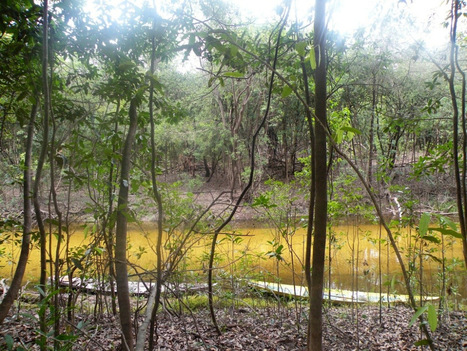




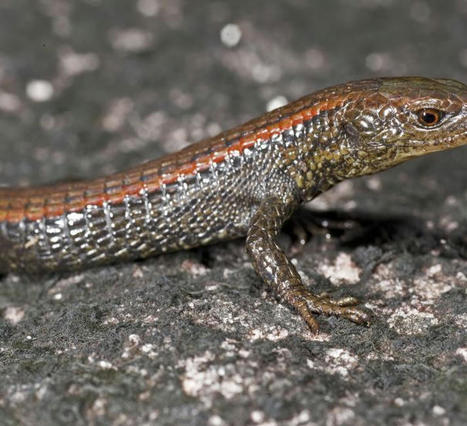

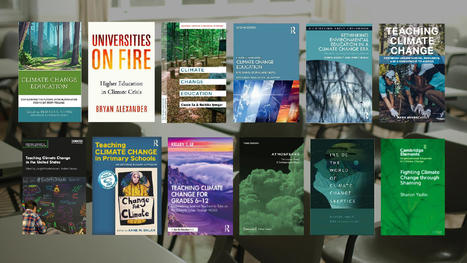
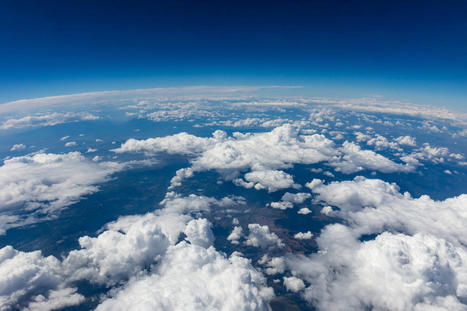
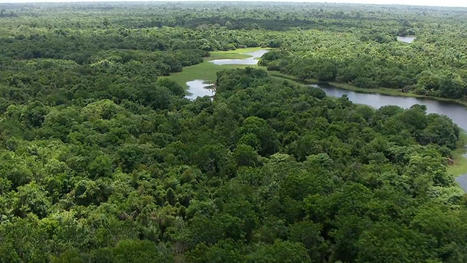
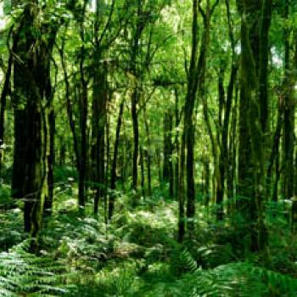



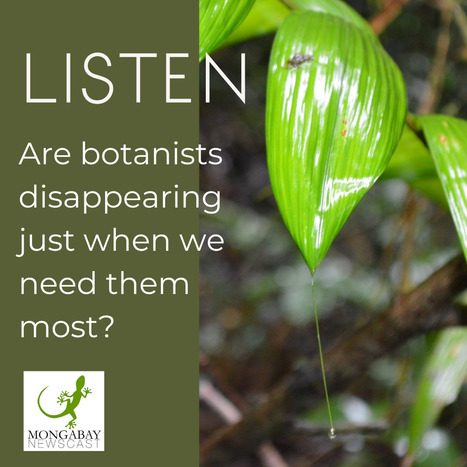

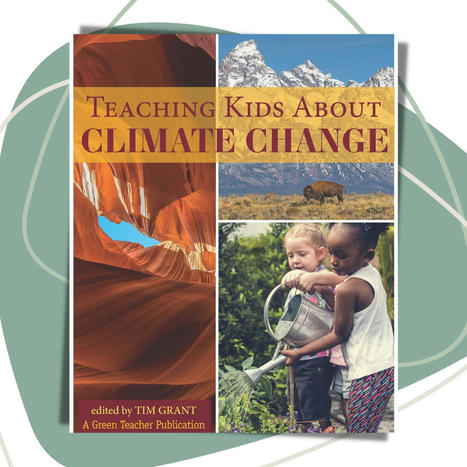
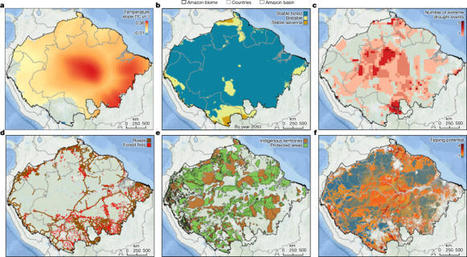

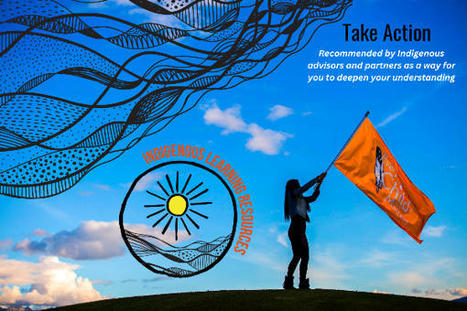
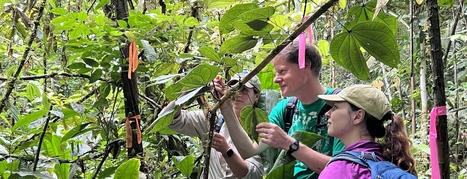

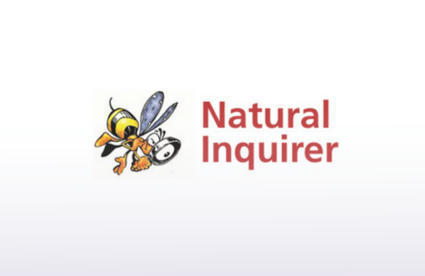
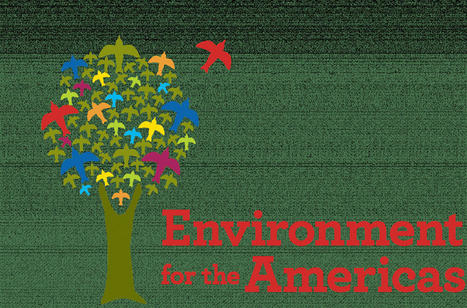
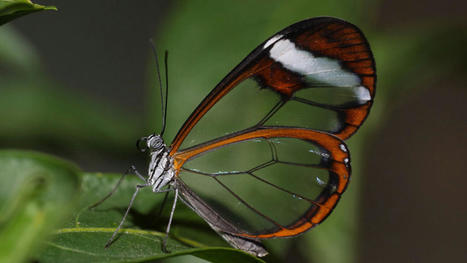







Wonderful inside look at life in the Amazon and how people get around. Great way to engage your students in a world very different than their own!